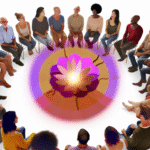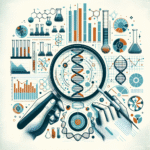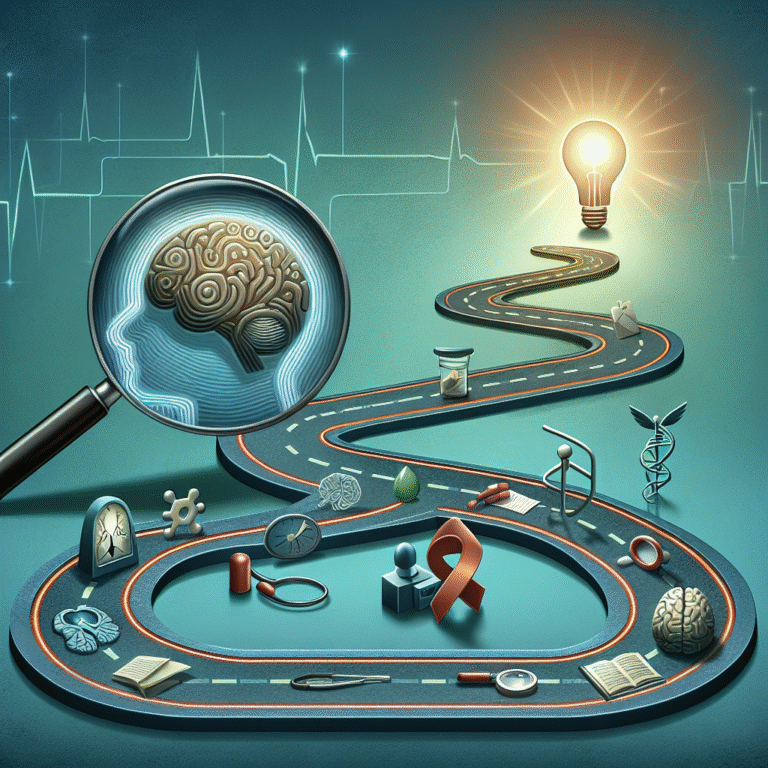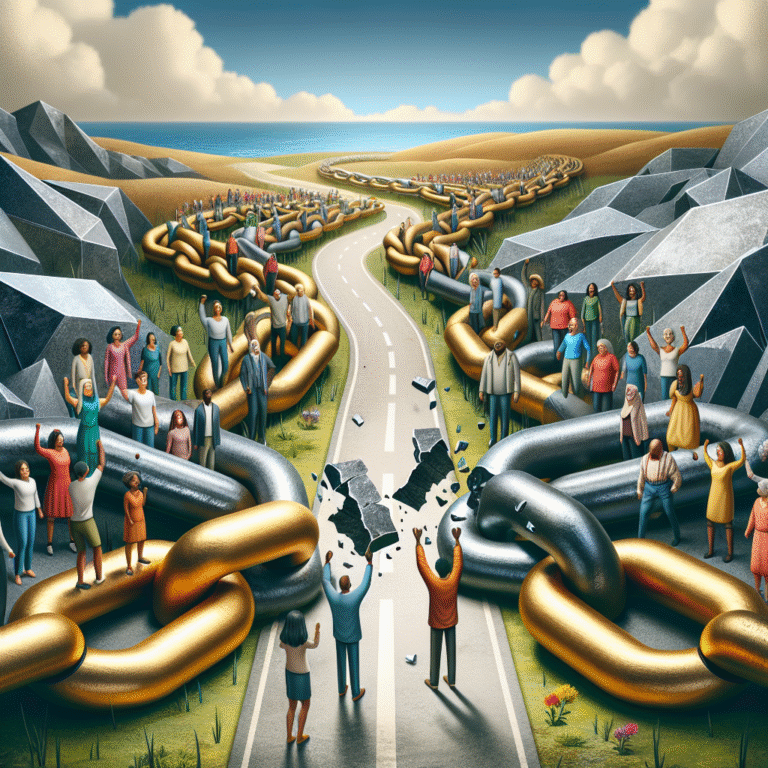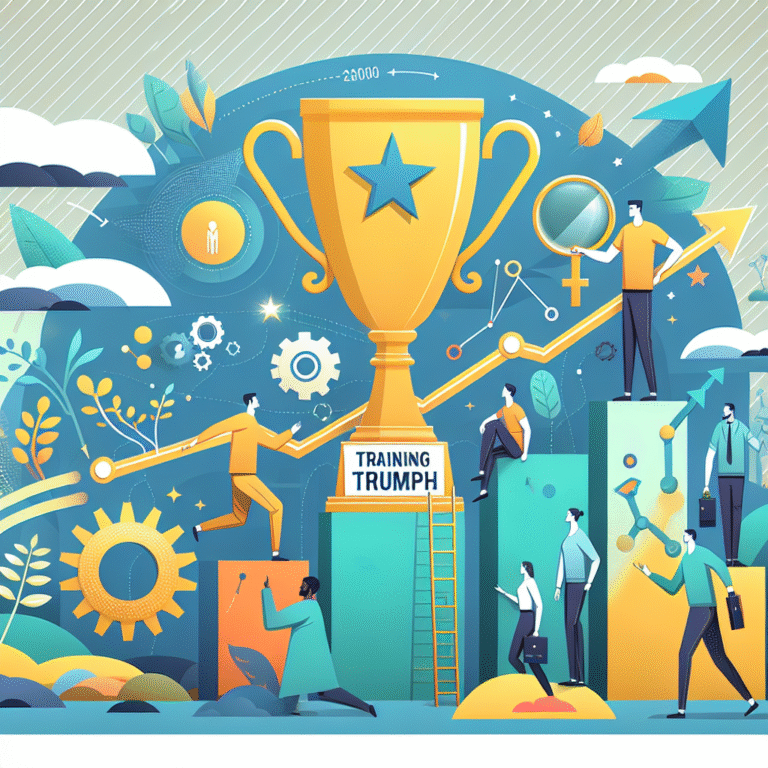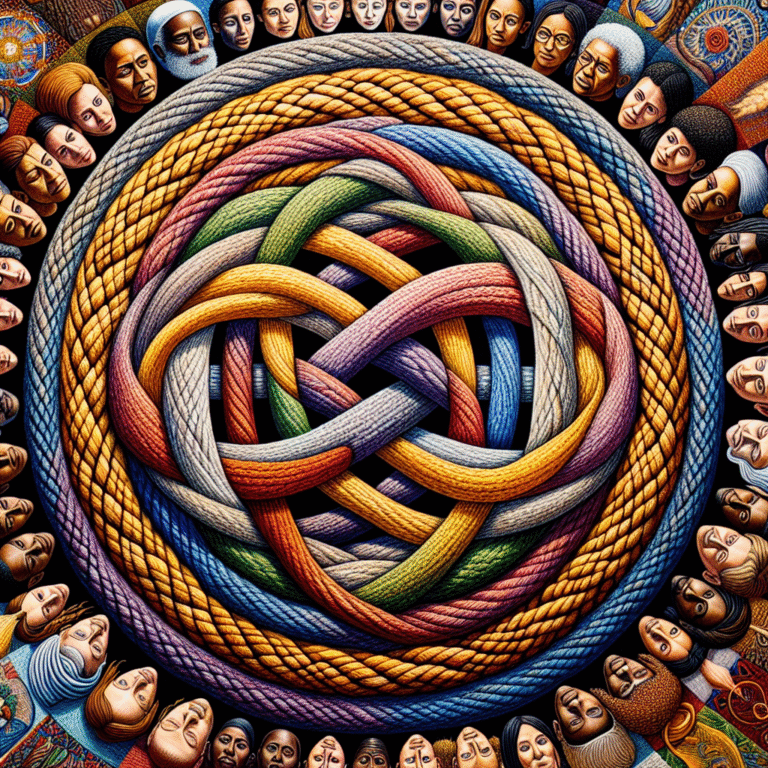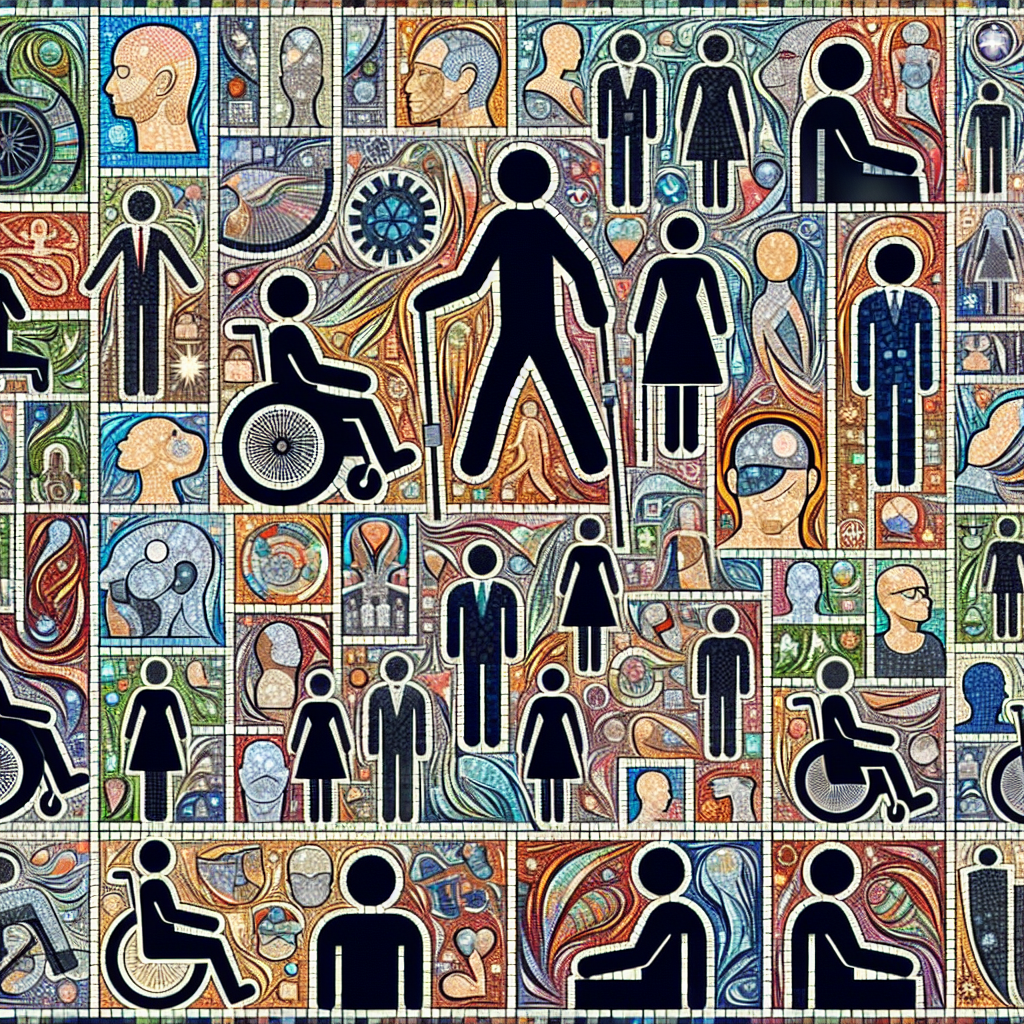
Introduction
In a world fast moving toward inclusivity and understanding, the term "disability" still often conjures up a narrow set of images and ideas. The complexity and diversity embedded in the experiences of those with disabilities often remain hidden behind these labels. Beyond Labels: Understanding the Diversity and Complexity of Disabilities delves into the multifaceted nature of these experiences, emphasizing that each individual’s journey is distinct and rich in its nuances.
Disability is not merely a condition; it encompasses a wide spectrum of physical, mental, emotional, and cognitive challenges that intersect with one’s identity, culture, and environment. By exploring the diverse dimensions of disabilities, we can aspire to foster a deeper understanding that transcends stereotypes and promotes genuine inclusivity.
The Spectrum of Disabilities: More Than Just Labels
Disabilities can be classified into several categories, each with its unique experiences and challenges. However, these classifications often oversimplify what it means to live with a disability.
1. Physical Disabilities
Physical disabilities can include conditions such as paralysis,_multiple sclerosis, and cerebral palsy. These disabilities affect a person’s mobility and physical functioning.
Case Study: Sarah’s Journey
Sarah is a 28-year-old woman diagnosed with multiple sclerosis. This unpredictable illness affects her mobility, energy levels, and cognitive functioning. While Sarah uses a wheelchair, she also excels in digital marketing. Her experience illustrates how disabilities can coexist with professional success and personal achievements, challenging societal stereotypes.
2. Sensory Disabilities
Sensory disabilities often pertain to visual and hearing impairments. Individuals with these disabilities may face unique barriers in daily life but also develop remarkable skills to navigate their environments.
Case Study: John’s Innovation
John, a tech entrepreneur who is deaf, created an app that bridges communication gaps in public spaces. His experience highlights not only the challenges but also the innovative solutions people with disabilities can bring to the table.
3. Cognitive Disabilities
Cognitive disabilities include various conditions such as autism spectrum disorder, ADHD, and Down syndrome. Those with cognitive disabilities often exhibit diverse strengths and challenges.
Case Study: Aisha’s Bright Perspective
Aisha is a 15-year-old girl on the autism spectrum who excels in mathematics. Her unique way of perceiving the world offers insights that benefit her peers and teachers alike, emphasizing the need for diverse educational approaches.
4. Mental Health Disabilities
Mental health disabilities encompass a range of conditions, including anxiety disorders, depression, and bipolar disorder. These can be equally debilitating as physical disabilities yet are often stigmatized and misunderstood.
Case Study: Michael’s Path to Wholeness
Michael, who struggled with severe depression, found that integrating physical activities into his routine improved his mental health. His journey emphasizes the importance of holistic approaches in understanding disabilities, showcasing their complexity.
The Complexity of Disability Identity
Disability is not merely a medical issue; it is also deeply intertwined with personal identity, community, and societal perceptions. People may navigate multiple identities—racial, cultural, gendered—alongside their disabilities. This intersectionality deepens the variety of experiences and challenges individuals face.
Table: Intersectionality and Disability Identity
| Identity Aspect | Impact on Experience |
|---|---|
| Cultural Background | Different cultural perceptions of disability can influence accessibility and support. |
| Gender Identity | Women may face additional biases and barriers in medical treatment and workplace opportunities. |
| Socioeconomic Status | Access to resources and support systems can greatly influence the quality of life for individuals with disabilities. |
Overcoming Barrier: Stories from the Community
Community support plays a vital role in the lives of individuals with disabilities. A strong network can facilitate inclusivity and appreciation for diversity.
Case Study: The Power of Community Support
A community organization in Chicago offers mentorship programs for youth with disabilities, providing them with the tools to advocate for their needs and connect with their peers. This initiative fosters a sense of belonging and demonstrates the strength found in community.
Actionable Insights for Inclusivity
Overcoming barriers requires active participation from every sector of society. Here are some actionable insights to consider:
Educate Yourself and Others: Understanding the diversity among disabilities can encourage empathy and cultivate an inclusive environment.
Advocate for Accessible Solutions: Champion policies that prioritize accessibility in public spaces, educational institutions, and the workplace.
Embrace Diverse Perspectives: Foster environments that celebrate different narratives and encourage individuals with disabilities to share their stories.
Support Inclusive Practices: Engage with companies and organizations committed to inclusivity and hire individuals with disabilities.
- Challenge Stereotypes: Actively confront and dispel myths surrounding disabilities in everyday conversations.
Conclusion
Beyond Labels: Understanding the Diversity and Complexity of Disabilities is a critical call to action. It invites us to look deeply into the kaleidoscope of human experience that constitutes disability and to embrace the richness that comes from this understanding. Recognizing that no two experiences are the same, we can challenge preconceived notions and work towards a world that truly values diversity.
By fostering environments that celebrate individuals’ strengths, no matter their disability, we can create a more inclusive society. Let’s move forward, beyond labels, to champion the unique strengths and contributions of every individual.
FAQs
1. What are some common misconceptions about disabilities?
Answer: Many people believe that disabilities only refer to physical impairments. In reality, disabilities encompass a wide range of conditions, including mental health issues and cognitive challenges.
2. How can I support a friend or family member with a disability?
Answer: Listen to their experiences, offer assistance when needed, and advocate for their needs within your community.
3. What can workplaces do to be more inclusive?
Answer: Implement accessibility measures, offer training on diversity and inclusion, and create policies that support individuals with disabilities.
4. How does intersectionality affect individuals with disabilities?
Answer: Intersectionality considers how overlapping identities such as race, gender, and socioeconomic status influence the experiences and challenges faced by individuals with disabilities.
5. Where can I find resources for better understanding disabilities?
Answer: Many organizations and online resources, such as the American Association of People with Disabilities (AAPD) and the National Council on Independent Living, provide materials for education and advocacy.
By taking these insights to heart, we can contribute to the movement for understanding and inclusivity, breaking free from labels that limit our perception of the human experience.

